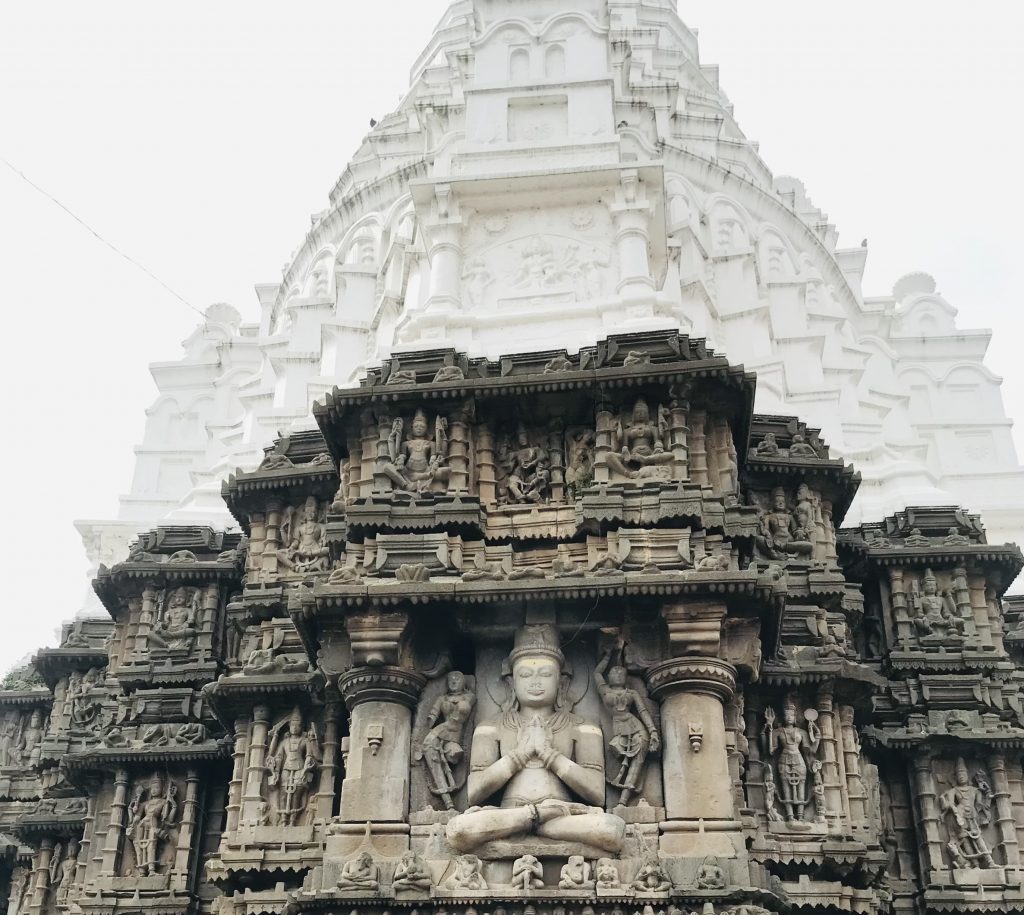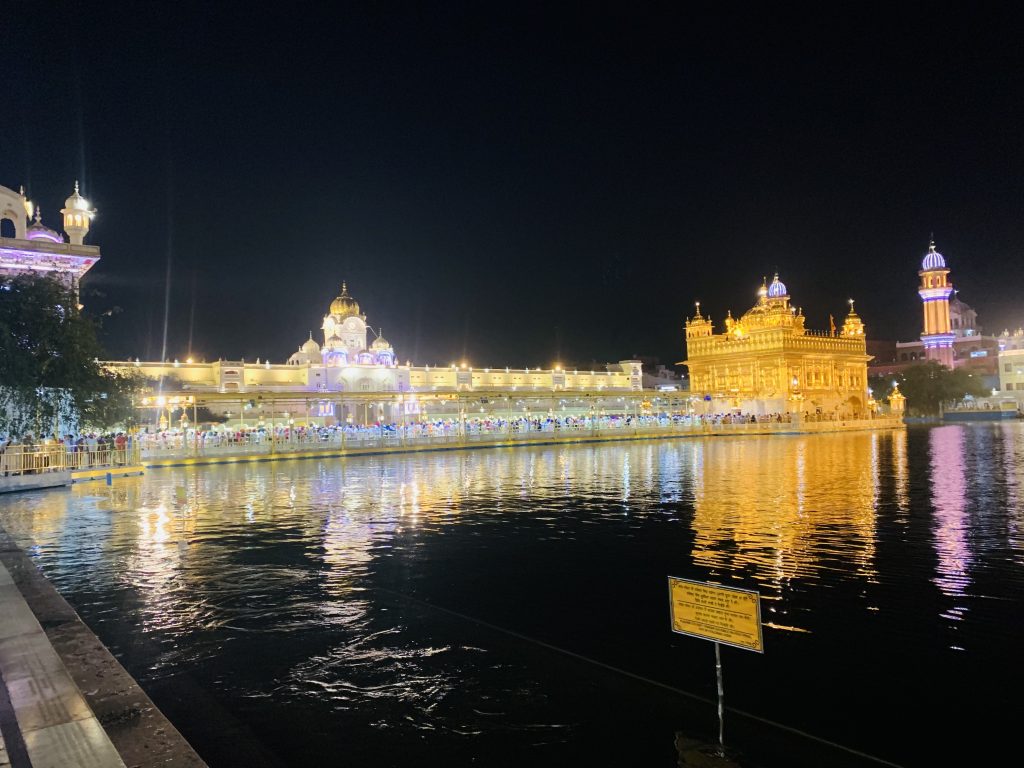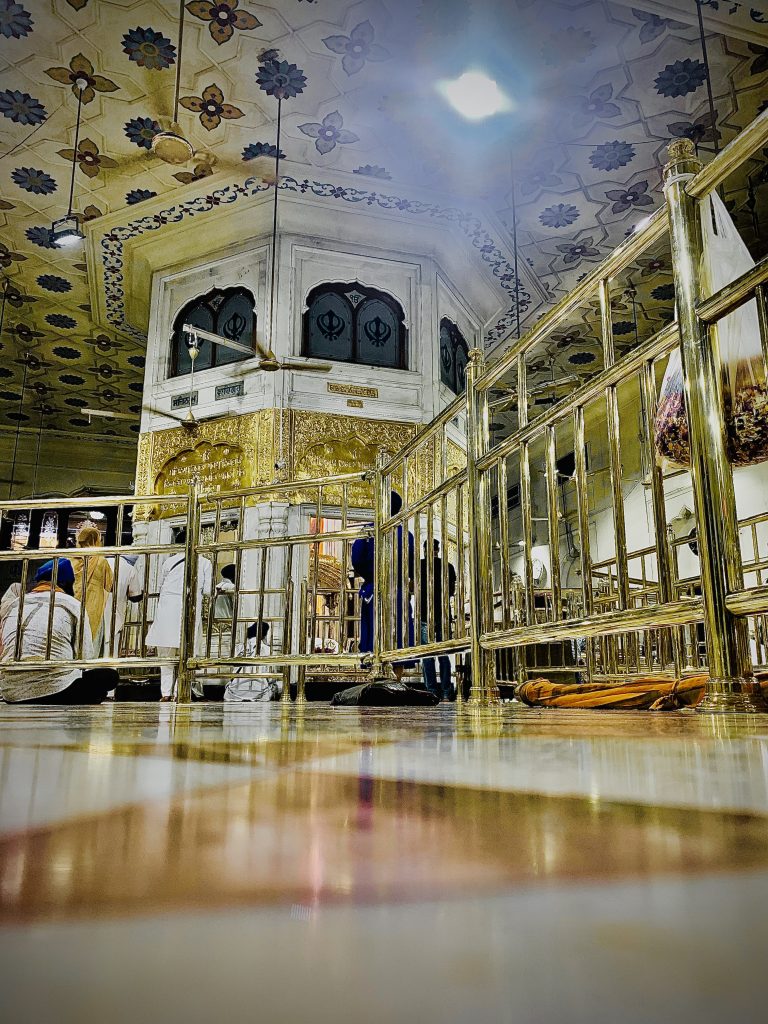The places I visited recently

Aundha Nagnath, located in Hingoli district of Maharashtra, is home to the famous Aundha Nagnath Temple, one of the 12 Jyotirlingas dedicated to Lord Shiva. The temple’s origins trace back to the Treta Yuga, with mythology linking it to Ravana, who is believed to have worshipped Lord Shiva here to attain invincibility.
The temple, with its Hemadpanthi architectural style, is over 3,000 years old. It has witnessed many historical transformations, including reconstruction during the rule of the Yadavas and Marathas. The temple also endured damage during the invasions of the Delhi Sultanate, particularly by Aurangzeb, who destroyed parts of the original structure.
The Golden Temple, also known as Sri Harmandir Sahib, is the holiest shrine in Sikhism, located in Amritsar, Punjab. Founded by the fourth Sikh Guru, Guru Ram Das Ji, in 1577, it was completed by his successor, Guru Arjan Dev Ji, in 1604. Guru Arjan also installed the Adi Granth, the sacred scripture of Sikhism, in the temple. The temple was designed with an open-door policy to symbolize equality and openness to all, regardless of caste, creed, or religion. Its iconic gold plating and marble work were added under the patronage of Maharaja Ranjit Singh in the early 19th century. The temple has withstood historical challenges, including attacks during Mughal rule and during the 1984 Operation Blue Star. Despite adversities, it remains a symbol of spirituality, resilience, and service, with its famous langar (community kitchen) feeding thousands daily.


Shaheed Ganj Sahib, located in Lahore, Pakistan, holds immense historical and spiritual significance in Sikh history as a site of martyrdom and sacrifice. During the 18th century, under the oppressive rule of Mughal governors like Zakariya Khan, countless Sikhs were executed at this site for resisting persecution and upholding their faith. This brutal chapter earned the place its name, “Shaheed Ganj,” meaning “Place of Martyrs.” To honor their sacrifices, a gurdwara was established on the site, serving as a memorial for Sikh bravery and resilience. However, the location became a source of communal tension in the 20th century due to disputes over its use as a mosque in earlier times. These disputes culminated in the gurdwara’s destruction in 1935, but the legacy of Shaheed Ganj Sahib endures. It stands as a poignant reminder of the sacrifices made for religious freedom and the indomitable spirit of the Sikh community.